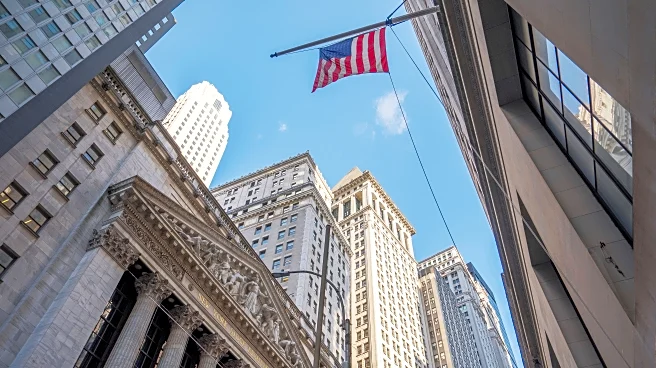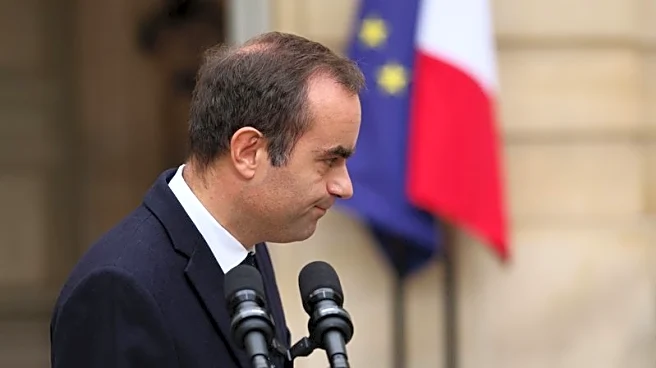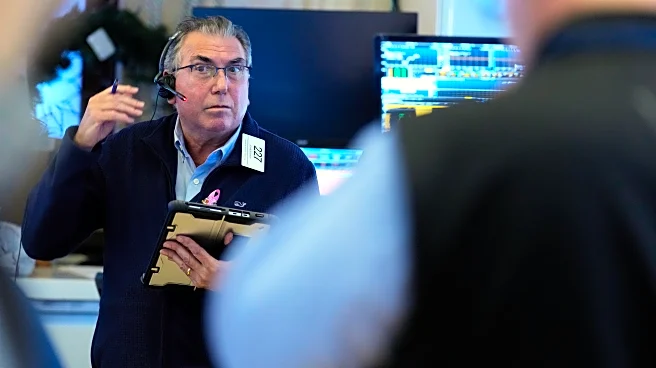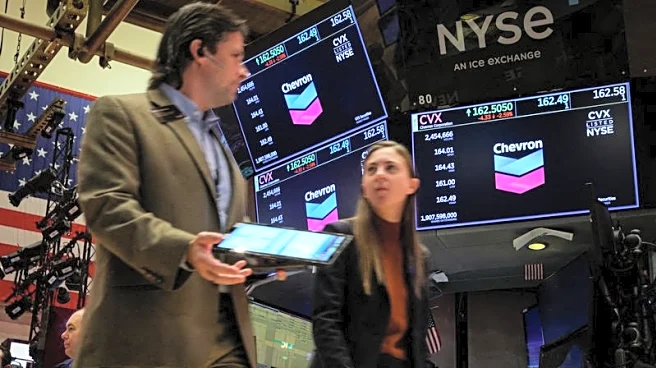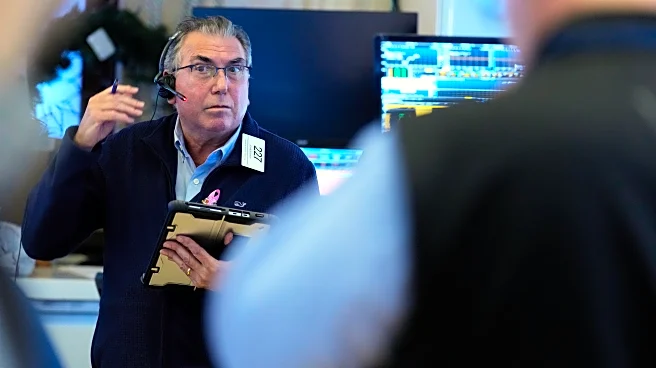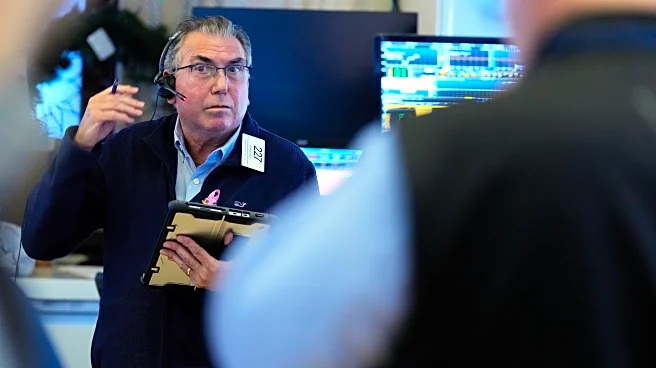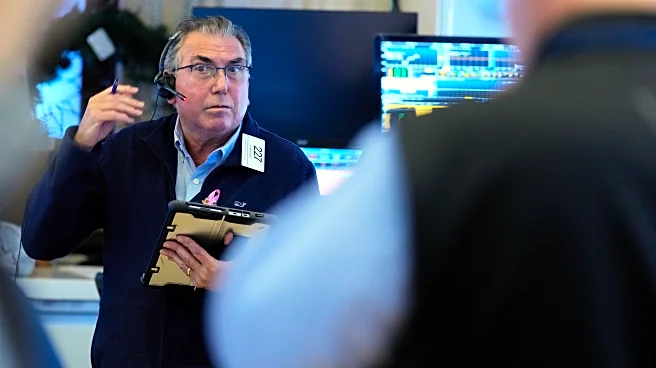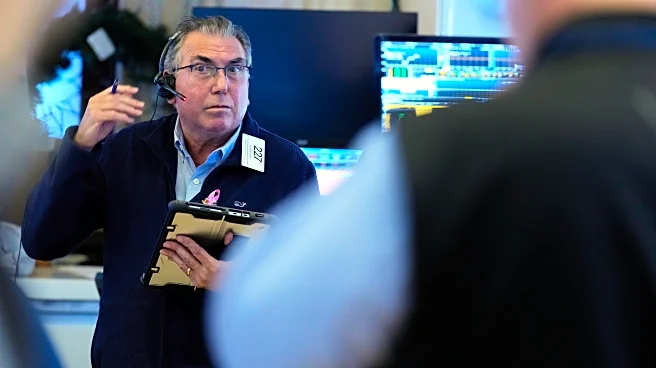What's Happening?
Gold prices have reached a record high, surpassing $3,900 per ounce for the first time. This surge is attributed to increased safe-haven demand driven by economic and political uncertainties, including a U.S. government shutdown and political developments in France and Japan. The anticipation of further Federal Reserve rate cuts has also contributed to the rise in gold prices. Spot gold increased by 1.8% to $3,956.19 per ounce, with U.S. gold futures for December delivery settling 1.7% higher at $3,976.3 per ounce. The ongoing U.S. government shutdown, now in its sixth day, and the resignation of France's new Prime Minister Sebastien Lecornu have added to the global uncertainty, further boosting gold's appeal as a safe-haven asset.
Why It's Important?
The surge in gold prices highlights the market's response to economic and political instability, as well as expectations of monetary policy changes. Gold, a non-yielding asset, tends to perform well in low-interest-rate environments and during periods of uncertainty. The current situation reflects investor concerns about the U.S. economy and global political stability. The potential Federal Reserve rate cuts could further weaken the dollar, making gold more attractive to investors. This trend could impact various stakeholders, including central banks, investors seeking safe-haven assets, and industries reliant on gold, such as jewelry and electronics manufacturing.
What's Next?
Investors are closely monitoring the Federal Reserve's upcoming meeting, where a 25-basis-point rate cut is anticipated, with another cut expected in December. These potential rate cuts could further influence gold prices, possibly pushing them towards the $4,200 per ounce mark by the end of the year, as predicted by UBS. The ongoing U.S. government shutdown and political developments in other countries will also continue to play a significant role in shaping market dynamics and investor sentiment.

